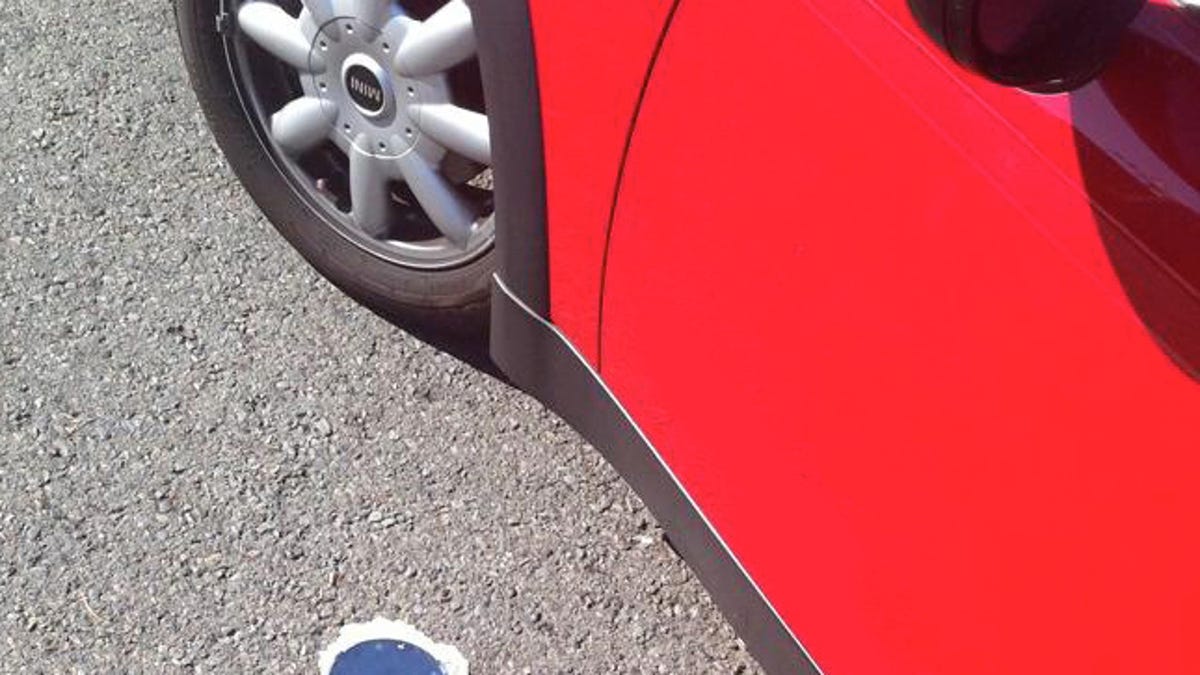Parker smartphone app enables realtime parking search
Have you ever wanted to be able to just look at your phone and know where all of the open parking spaces are in your area?

Have you ever wanted to be able to just look at your phone and know where all of the open parking spaces are in your area? That, in a nutshell, is smart parking and it's coming to the San Francisco Bay Area thanks to a partnership between Streetline and Cisco. Interestingly, San Francisco itself isn't the first city in the San Francisco Bay Area to get these smart parking spaces. That honor belongs to Sausalito, which will be joined today by San Mateo and San Carlos.
Take a walk around downtown San Mateo or San Carlos today and you should be able to see the wireless sensors that make smart parking possible in action. We're told that the parking sensors can be installed in about 5 to 7 minutes. The process involves drilling a golf hole sized chunk out of the asphalt and dropping in the sensor with a bit of special glue and cement to keep it in place. The sensor uses a combination of a magnetometer and a light sensor to detect whether its assigned space is being occupied by a car and should be rugged enough to stand up to weather, dirt, and being rolled over by cars. Each sensor wirelessly communicates with the other sensors in the area as part of a Cisco Wi-Fi mesh network, automatically negotiating the most efficient connection to the cloud via an Internet gateway box installed in the area nearby.
End users will be able to interact with the data provided by the parking sensors via a mobile app called Parker, available for Android and iOS. Through Parker, drivers are able to find what city blocks or parking garages have parking available and how many spaces there are in real time. Users can then navigate to where those spaces are available and mark where they parked to find the car later. In cities that allow users to pay online, Parker can even be used to pay for parking or feed the meter.
By reducing the amount of time that drivers spend looking for parking, Streetline, Cisco, and city planners hope to also reduce traffic, pollution, and driver frustration, as well. The developers are in talks with city planners around the U.S. with an aim to expand smart parking beyond the pilot program areas and with automotive OEMs to link the parking data into in-car navigation systems.

